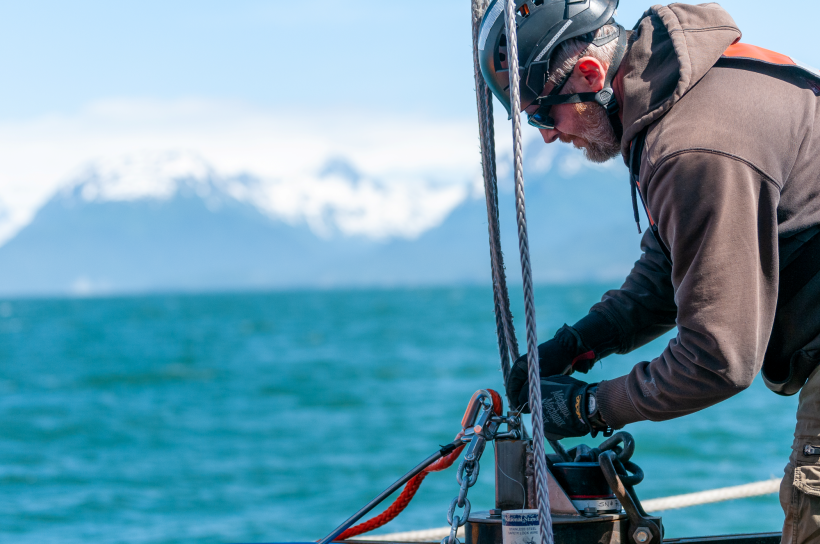Harnessing the Power of Tides: Alaska's Path to Decarbonization and Economic Growth
Key Ideas
- Tidal energy in Alaska's Railbelt could decarbonize the region by 2035 and boost the economy by facilitating the production of clean fuels like hydrogen.
- A recent NREL study, supported by the U.S. DOE's WPTO, showcases the significant potential of tidal energy from Cook Inlet to power a substantial portion of Alaska's grid.
- The estimates suggest that tidal energy could reduce carbon emissions by up to 37% and meet 14% to 20% of the Railbelt's electrical demand by 2035, contingent on technology advancements.
- Marine energy projects, like those in Cook Inlet receiving funding, aim to demonstrate the feasibility of tidal energy systems, indicating a promising future for renewable energy in Alaska.
A recent study conducted by the National Renewable Energy Laboratory (NREL) in April 2024, supported by the U.S. Department of Energy's Water Power Technologies Office (WPTO), has unveiled the potential for tidal energy to play a crucial role in decarbonizing Alaska's Railbelt by 2035. The study specifically focuses on Cook Inlet, known for its abundant tidal energy resources, which directly connects to the Railbelt grid, serving a significant portion of Alaska's population.
The study's findings suggest that the current Railbelt grid could sustain up to 200 MW of tidal energy, sufficient to power a considerable number of homes in Anchorage. With planned upgrades, the grid could even support up to 300 MW, nearly meeting the entire city's power needs. Moreover, leveraging tidal energy is not just about generating power; it could also lead to a substantial reduction in carbon emissions, potentially up to 37%.
Beyond electricity generation, the excess energy from Cook Inlet's tidal resources could be utilized for producing clean fuels like hydrogen and ammonia, offering avenues for economic growth and potentially enabling exports. The study highlights that for tidal energy to make a significant impact by 2035, the technologies need to attain commercial viability, aiming to meet around 14% to 20% of the Railbelt's electrical demand.
The U.S. DOE's recent initiative to fund marine energy projects, particularly in Cook Inlet, underscores the government's commitment to advancing renewable energy solutions. Projects like ORPC's plan to deploy tidal energy devices further showcase the potential for harnessing tidal resources effectively. The future of tidal energy in Alaska appears promising, paving the way for a cleaner and more sustainable energy landscape.
Topics
Production
Renewable Energy
Sustainability
Energy Transition
Research
Government Support
Clean Fuels
Economic Growth
Technology Development
Latest News
